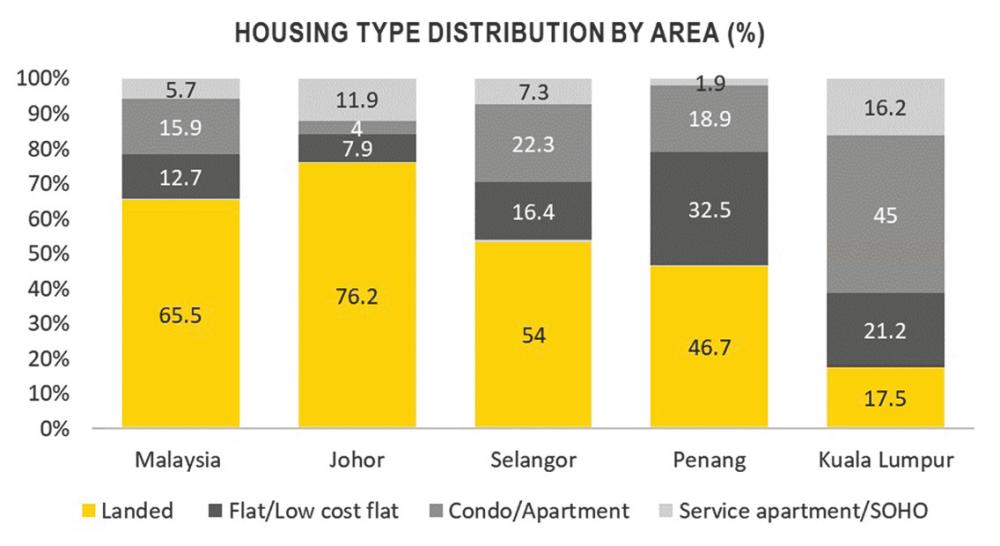ACCORDING to the Construction Industry Development Board (CIDB), the Industrialised Building System (IBS) adoption rate in government projects has increased to 84% in 2021 from 79.5% in 2020; whereas in private projects, it had tremendously increased to 60% in 2021 compared with 41% in 2020.
A higher adoption rate in government projects is always understandable, as it is the result of mandatory requirement for government projects to achieve an IBS score of 70. In contrast, a high take-up rate from the private sector is rather “surprising,” given that IBS has not been gaining enough traction in the past despite it has long been introduced to the construction industry. This is because IBS is often associated with a higher construction cost compared with the widely used “cast-in-situ” construction method, owning to the involvement of skilled labour, additional lifting equipment/machinery, and transportation of manufactured components to the construction site.
A “higher” IBS adoption in the private sector could be driven by the shortage of foreign labours during and after the pandemic, as well as the increased cost in conventional construction that makes it on par with the cost of IBS construction. However, it is more likely the result of: (i) the shift in the country’s property landscape towards high-rise development, and (ii) the widespread use of monolithic reinforced concrete structures in constructing high-rise buildings.
The conventional construction method that involves “bricks and mortar” and “timber formwork” is no longer practical for high-rise construction. Nowadays, most of the high-rise developments are constructed by using reusable formwork system (i.e., steel or aluminum) with certain percentage of prefabricated components. This is a kind of “hybrid” construction method that leverages on the advantages of system formwork: (i) lower construction cost; (ii) good casting quality; (iii) speedier erection; and (iv) more recycle times.
Since private projects worth RM50 million and above starting Jan 10, 2018 are required to have a minimum IBS score of 50, while system formwork is considered as a kind of IBS system, the use of cast-in-situ reinforced concrete frame structure combined with prefabricated internal wall such as interlocking block, lightweight block, precast wall panels, dry wall, cemboard etc, is the most preferable choice for current high-rise construction.
Projects with such combination can easily achieve an IBS score of 50 to 60; which then, are considered as an IBS project; and will eventually lead to a “higher” IBS adoption rate in private sector.
Furthermore, a survey conducted by Rehda Institute in 2021 among industry players (including developers, contractors, and consultants) revealed that the reasons that caused the private sector not keen in using IBS (mainly precast) are: (i) insufficient incentives, (ii) higher cost, and (iii) confident with existing construction method.
Since construction cost forms the largest portion of a project’s GDV in Malaysia – which can easily reach up to 50% to 60% of the GDV – any small changes in construction cost could affect the project’s financial viability.
The government should realize that developers – among the wide range of industry stakeholders – hold a very important position in ensuring the success of IBS adoption, as they are the project owner that determines the process of property development.
This article was contributed by MKH Bhd manager of product research and development Dr Foo Chee Hung.









